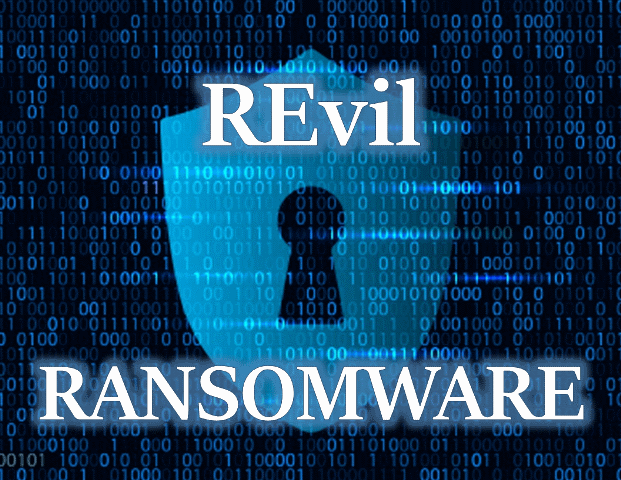What is REvil Ransomware?
REvil Ransomware is just a new name for a fairly common and very dangerous cryptovirus Sodinokibi Ransomware. The crypto virus spreads with unprecedented speed throughout the world. This encrypts user data chinging files’ extension to .revil, after which it becomes unsuitable for further use. Needless to say, each user greatly values his personal data, namely, personal files, as audio, photos, video, MS office documents, and so on. But, actually these files are encrypted first of all, and that’s why the question of how to remove REvil Ransomware and decrypt .revil files become relevant.
Attackers require a ransom that can reach several hundreds or even thousands dollars. The ransom will need to be paid in the form of bitcoins or another cryptocurrency. Of course, we Strongly recommend you not to pay, since there is no guarantee that the attackers will actually return your files to you. Below you can find our recommendations to remove REvil Ransomware and decrypt .revil files.
Update: Use following service to identify the version and type of ransomware you were attacked by: ID Ransomware. If you want to decrypt your files, please follow our instruction below or, if you have any difficulties, please contact us: submit@securitystronghold.com. We really can help to decrypt your files.
How to remove REvil from your computer?
You may try to use anti-malware tool to remove REvil ransomware from your computer. Newly advanced ransomware detection technology is able to run an instant ransomware scan, which is perfect to protect your computer in case of a new ransomware attack.
SpyHunter provides an opportunity to remove 1 detected malware for free during trial period. The full version of the program costs $39,99 (you get 6 months of subscription). By clicking the button you agree to EULA and Privacy Policy. Downloading will start automatically.
How to decrypt .REvil files?
Once you’ve removed the virus, you are probably thinking of recovering files from encryption. Let’s take a look at possible ways of decrypting your data.
Recover data with Data Recovery

- Download and install Data Recovery
- Select drives and folders with your files, then click Scan.
- Choose all the files in a folder, then press on Restore button.
- Manage export location.
Restore data with automated decryption tools
Unfortunately, due to the novelty of REvil ransomware, there are no available automatic decryptors for this encryptor yet. Still, there is no need to invest in the malicious scheme by paying a ransom. You are able to recover files manually.
You can try to use one of these methods in order to restore your encrypted data manually.
Restore data with Windows Previous Versions
This feature is working on Windows Vista (not Home version), Windows 7 and later versions. Windows saves copies of files and folders which you can use to restore data on your computer. In order to restore data from Windows Backup, take the following steps:
- Open My Computer and search for the folders you want to restore;
- Right-click on the folder and choose Restore previous versions option;
- The option will show you the list of all the previous copies of the folder;
- Select restore date and the option you need: Open, Copy and Restore.
Restore the system with System Restore
You can always try to use System Restore in order to roll back your system to its condition before infection infiltration. All the Windows versions include this option.
- Type restore in the Search tool;
- Click on the result;
- Choose restore point before the infection infiltration;
- Follow the on-screen instructions.
Written by Rami D

